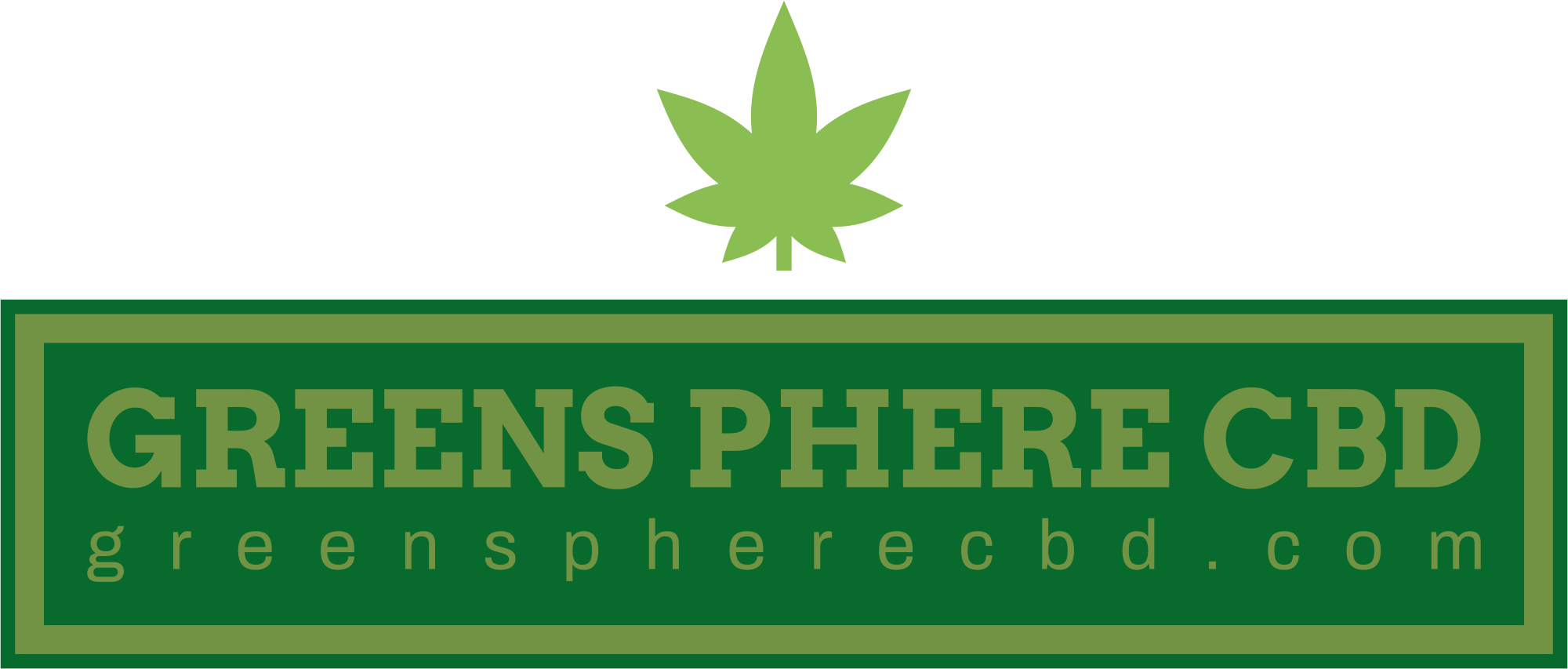The pollotarian diet is a flexible dietary pattern that primarily focuses on plant-based foods while allowing for the inclusion of poultry and other forms of poultry-based products. This dietary approach emphasizes the consumption of fruits, vegetables, grains, legumes, nuts, seeds, and poultry, while limiting or excluding other animal products such as red meat, pork, and seafood. In this comprehensive guide, we will explore the pollotarian diet in detail, including its benefits, food lists, potential drawbacks, and tips for adopting this dietary pattern.
Understanding the Pollotarian Diet
The term “pollotarian” is derived from the Latin word “pollo,” which means chicken or poultry. A pollotarian diet is often considered a variation of a vegetarian or plant-based diet, as it places a strong emphasis on plant-derived foods while incorporating poultry as a primary source of animal protein. Pollotarians typically avoid or minimize the consumption of red meat, pork, and seafood, but may still consume eggs and dairy products depending on individual preferences and dietary choices.
Benefits of the Pollotarian Diet
Increased Intake of Plant-Based Foods
The pollotarian diet encourages the consumption of a wide variety of plant-based foods, including fruits, vegetables, whole grains, legumes, nuts, and seeds. These foods are rich in essential nutrients such as vitamins, minerals, antioxidants, and dietary fiber, which are important for overall health and well-being.
Reduced Environmental Impact
By reducing or eliminating the consumption of red meat and other animal products with a high environmental footprint, pollotarians can help reduce their carbon footprint and lessen the environmental impact of their dietary choices. Poultry production generally requires fewer resources, such as land and water, compared to other types of livestock farming.
Healthier Fat Profile
Poultry, such as chicken and turkey, is generally lower in saturated fat and cholesterol compared to red meat and processed meats. By choosing poultry as a primary source of animal protein, pollotarians may lower their intake of unhealthy fats and reduce their risk of cardiovascular disease and other chronic health conditions.
Flexibility and Variety
The pollotarian diet offers flexibility and variety, allowing individuals to enjoy a wide range of foods while still adhering to their dietary preferences and ethical beliefs. Pollotarians have the flexibility to tailor their diet to meet their nutritional needs and culinary preferences, making it a sustainable and enjoyable dietary approach for many people.
Foods to Include on a Pollotarian Diet
Plant-Based Foods:
Fruits: Apples
bananas, berries, oranges, kiwi, mangoes, etc.
Vegetables
Leafy greens, broccoli, cauliflower, carrots, bell peppers, spinach, etc.
Whole Grains: Brown rice, quinoa, oats, barley, farro, whole wheat bread, etc.
Legumes
Lentils, chickpeas, black beans, kidney beans, tofu, tempeh, etc.
Nuts and Seeds:
Almonds, walnuts, chia seeds, flaxseeds, pumpkin seeds, sunflower seeds, etc.
Poultry
Chicken
Skinless chicken breasts, thighs, drumsticks, etc.
Turkey
Ground turkey, turkey breast, turkey sausage, etc.
Dairy and Eggs (Optional):
Dairy
Milk, yogurt, cheese, cottage cheese, etc.
Eggs
Scrambled eggs, omelets, boiled eggs, etc.
Foods to Limit or Avoid
Red Meat
Beef, lamb, pork, etc.
Processed Meats
Bacon, sausage, hot dogs, deli meats, etc.
Seafood
Fish, shrimp, lobster, crab, etc.
Potential Drawbacks and Considerations
While the pollotarian diet offers several potential benefits, there are some drawbacks and considerations to keep in mind:
Nutrient Deficiencies
Depending on food choices and dietary habits, pollotarians may be at risk of certain nutrient deficiencies, such as iron, zinc, vitamin B12, and omega-3 fatty acids. It’s essential to include a variety of nutrient-rich plant-based foods and poultry products to meet nutritional needs adequately.
Environmental Impact of Poultry Production
While poultry production typically has a lower environmental impact compared to red meat and other types of livestock farming, it still contributes to greenhouse gas emissions, water pollution, and other environmental concerns. Choosing sustainably sourced and ethically raised poultry products can help mitigate these issues.
Food Safety Concerns:
Poultry products can be susceptible to bacterial contamination, such as Salmonella and Campylobacter. It’s crucial to handle and cook poultry safely to reduce the risk of foodborne illness. Proper storage, preparation, and cooking techniques can help minimize food safety concerns.
Tips for Adopting a Pollotarian Diet
Gradual Transition
Gradually reduce the intake of red meat and seafood while increasing the consumption of plant-based foods and poultry products.
Focus on Whole Foods
Choose whole, minimally processed foods whenever possible, such as fresh fruits, vegetables, whole grains, and lean poultry.
Experiment with Plant-Based Proteins
Explore plant-based sources of protein, such as legumes, tofu, tempeh, and quinoa, to increase variety and nutritional diversity in your diet.
Read Labels
When purchasing poultry products, opt for organic, free-range, or pasture-raised options whenever possible to support animal welfare and environmental sustainability.
Conclusion
The pollotarian diet offers a flexible and sustainable dietary approach that prioritizes plant-based foods while including poultry as a primary source of animal protein. By emphasizing fruits, vegetables, whole grains, legumes, nuts, seeds, and poultry products, pollotarians can enjoy a nutritious and well-rounded diet that supports overall health, environmental sustainability, and ethical considerations. However, it’s essential to be mindful of potential nutrient deficiencies, food safety concerns, and environmental impacts associated with this dietary pattern. With careful planning and informed food choices, the pollotarian diet can be a healthy and satisfying option for individuals seeking a balanced and inclusive approach to eating.
- Juicy Adventures: A THC Beverage Review with Melo’s Grapefruit vs. Wild Berries - May 20, 2024
- Comprehensive Analysis The Ultimate CBD Topical Unveiled By Empe-USA - April 10, 2024
- Benefits of Folate (Folic Acid) Supplements - April 2, 2024

